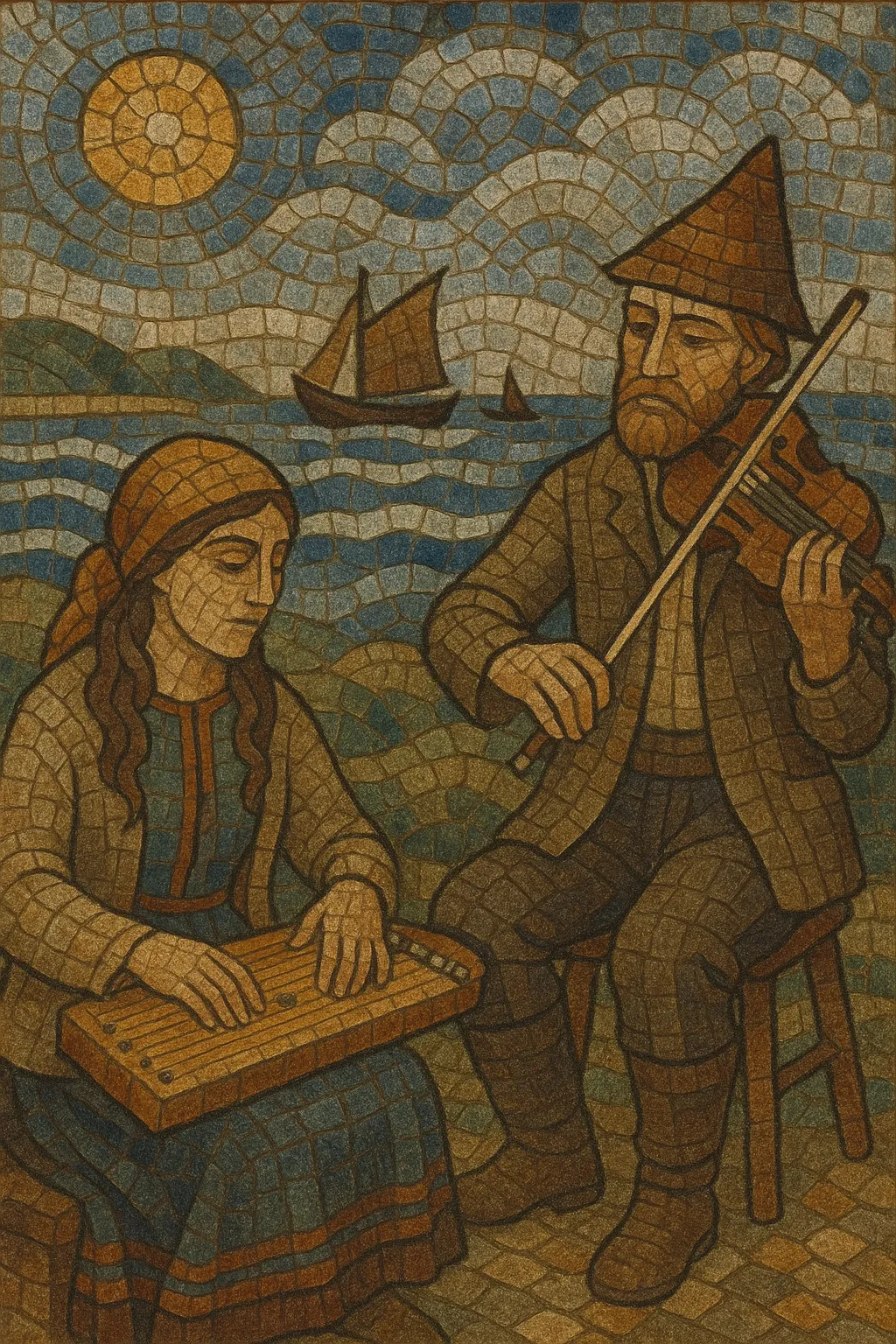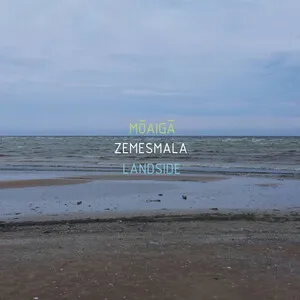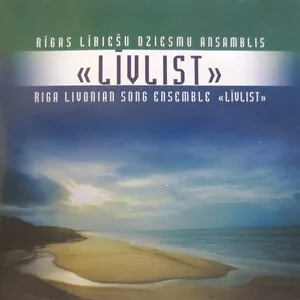Livonian folk music is the traditional music of the Livonians, a small Balto-Finnic people native to the northern and western coasts of present-day Latvia. Sung primarily in the Livonian language (Līvõ kēļ), the repertoire preserves archaic Baltic-Finnic runo-song features alongside coastal work songs, wedding repertoires, and later dance tunes.
Melodically, older songs tend to have a narrow ambitus and formulaic, incantatory phrases; textually they favor parallelism, alliteration, and trochaic rhythms typical of the runo tradition. With 19th-century influences, fiddles, kokle (psaltery), accordion, and later dance forms like polka and waltz entered the style. Themes often revolve around the sea, fishing, seasonal cycles, love, and communal life.
Today, the genre is both a heritage practice among Livonian communities and a source of inspiration for Latvian and Estonian folk, choral, and folk-rock artists.
Livonian folk music draws from the Baltic-Finnic runo-song tradition that predates medieval written sources. As coastal fishers and traders, Livonians cultivated work songs, laments, and ritual repertoires that used narrow-range melodies, parallel poetic structures, and repetitive formulas to aid memory in oral transmission.
The 19th century brought stronger contact with Latvian and broader European dance fashions. Instruments such as kokle (psaltery), fiddle, and accordion became common in social music-making. Dance forms like polka, waltz, and schottische supplemented older free-rhythm singing. Lutheran hymnody also left a mark on melodic contour and harmony in community singing.
Urbanization, language shift, and the disruptions of the 20th century reduced the number of fluent Livonian speakers and tradition-bearers. Ethnographers and composers in Latvia and Estonia documented songs in archives; notable among these, choral composer Veljo Tormis adapted Livonian melodies in his “Forgotten Peoples” cycles, helping preserve and recirculate the idiom.
From the late 20th century onward, culture-bearers and folk ensembles in Latvia and Estonia have revived Livonian songs in concerts, workshops, and recordings. Family lineages of singers and groups like Skandinieki and projects involving Livonian artists (e.g., Julgi Stalte) have kept the language and repertoire audible. Modern Latvian folk-rock and world-fusion acts periodically reinterpret Livonian material, bringing it to new audiences while maintaining community-centered performance in Livonian villages along the Kurzeme coast.


%2C%20Cover%20art.webp)


%2C%20Cover%20art.webp)
